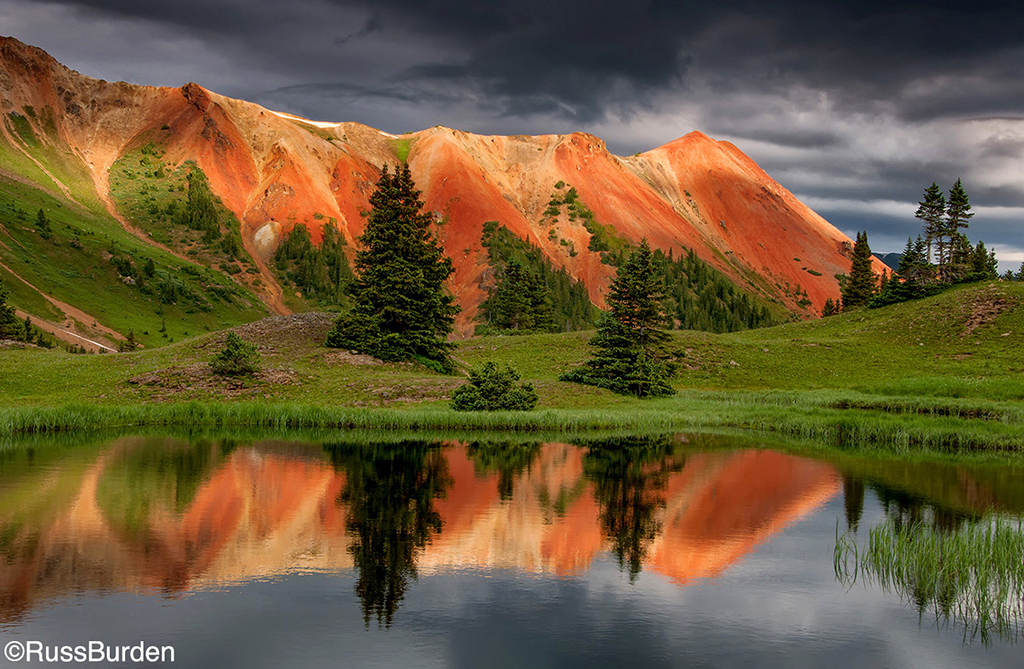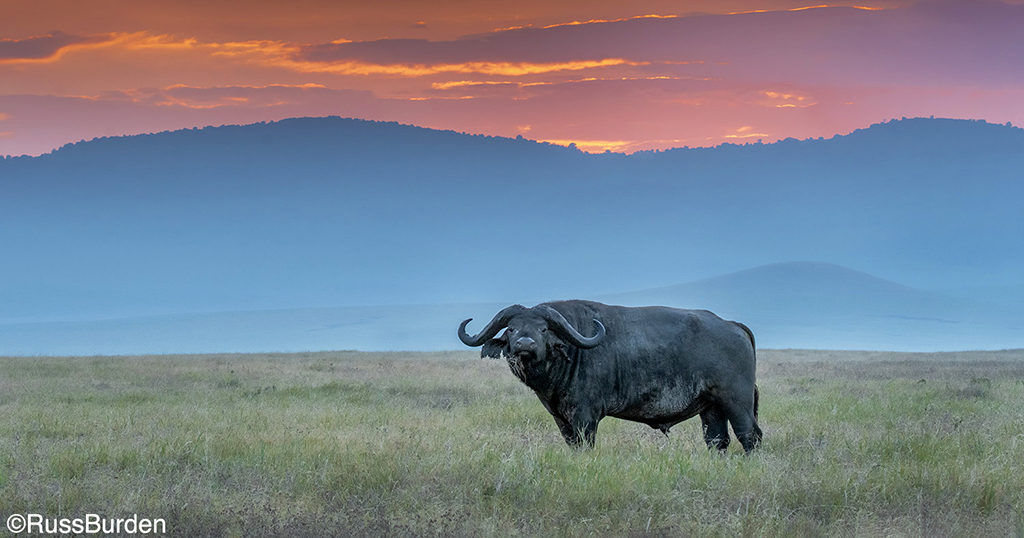As you delve into digital image work on the computer, you’ll hear a lot about color management. To be honest, some of the information is valuable and some of it’s a bit obsessive. However, to get a good-looking image, no matter its end usage, you must calibrate your monitor. Adobe products include a simple calibration tool, but for the most accurate work, consider a monitor profiling tool such as the ColorVision Spyder. I mention it because it has came down in price to $149, making it the first unit of its type to be affordable for nearly anyone.











